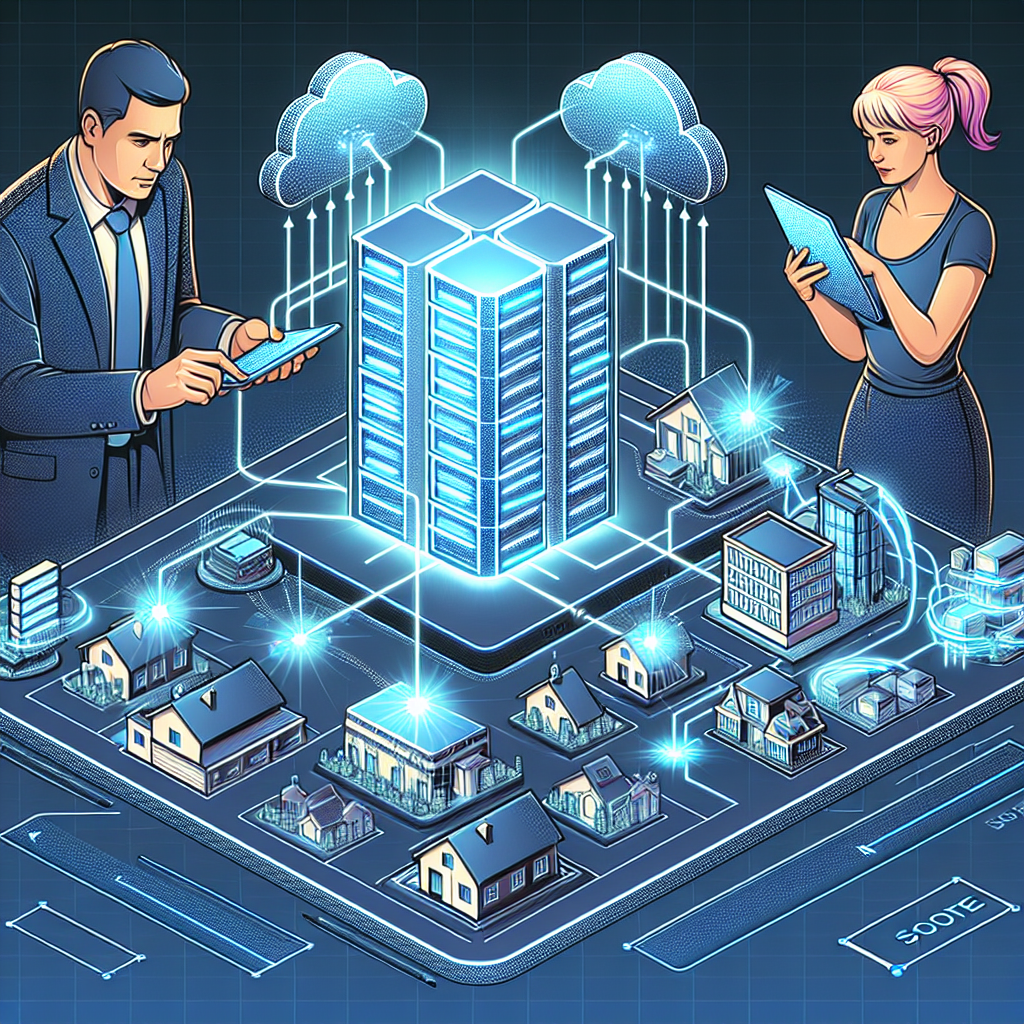Basics and Benefits of Edge Computing
edge computing is a distributed computing paradigm that brings computation and data storage closer to the location where it is needed, improving response times and saving bandwidth. This article explores the fundamentals of edge computing and the advantages it offers in various industries.
Introduction
Edge computing is a revolutionary approach to computing that is changing the way data is processed and managed. By bringing computation and data storage closer to the source of the data, edge computing offers numerous benefits such as improved response times, reduced latency, and bandwidth savings.
What is Edge Computing?
Edge computing refers to the practice of processing data near the edge of the network, where the data is being generated, rather than relying on a centralized data-processing warehouse. This allows for faster processing and analysis of data, leading to quicker decision-making and improved efficiency.
Advantages of Edge Computing
Edge computing offers several key advantages that make it a valuable approach to data processing and management:
Low Latency
One of the primary benefits of edge computing is the reduction in latency. By processing data closer to where it is generated, edge computing minimizes the time it takes for data to travel back and forth between the source and a centralized data center. This results in faster response times and improved real-time decision-making capabilities.
Bandwidth Saving
Edge computing helps save bandwidth by processing and storing data locally, rather than sending it back and forth to a centralized data center. This reduces the amount of data that needs to be transmitted over the network, leading to lower bandwidth usage and potentially lower costs associated with data transfer.
Enhanced Data Privacy
Another advantage of edge computing is enhanced data privacy. By processing data locally at the edge, sensitive information can be kept closer to its source and potentially be subject to fewer points of vulnerability. This can help improve data security and privacy compliance, especially in industries where data protection is a top priority.
Implementation of Edge Computing
Implementing edge computing involves the deployment of various components that enable the processing and storage of data closer to the source. Two key components in the implementation of edge computing are edge devices and edge gateways.
Edge Devices
Edge devices are the physical devices located at the edge of the network where data is generated. These devices are equipped with processing power and storage capabilities to handle data locally, reducing the need to send it to a centralized data center. Examples of edge devices include sensors, cameras, and IoT devices that collect and transmit data in real-time.
Edge Gateways
Edge gateways act as intermediaries between edge devices and the central data center or cloud. These gateways aggregate data from multiple edge devices, perform initial processing tasks, and then transmit the processed data to the central location. Edge gateways play a crucial role in ensuring seamless communication between edge devices and the centralized infrastructure, optimizing data flow and reducing latency.
Use Cases of Edge Computing
Smart Cities
Edge computing plays a crucial role in the development of smart cities by enabling real-time data processing and analysis. In a smart city environment, various sensors and devices collect data on traffic flow, air quality, energy consumption, and more. By leveraging edge computing, this data can be processed locally to optimize traffic management, reduce energy consumption, and improve overall city operations.
Industrial IoT
Industrial internet of things (IoT) applications benefit greatly from edge computing capabilities. In Manufacturing plants, for example, edge devices can monitor equipment performance in real-time, predict maintenance needs, and optimize production processes. By processing data at the edge, industrial iot systems can operate more efficiently, reduce downtime, and improve overall productivity.
Healthcare
Edge computing is transforming the healthcare industry by enabling remote patient monitoring, real-time health data analysis, and personalized treatment plans. With the use of wearable devices and sensors, healthcare providers can collect patient data continuously and analyze it at the edge for immediate insights. This allows for early detection of health issues, better patient care, and improved treatment outcomes.
Challenges in Edge Computing
While edge computing offers numerous benefits, there are also several challenges that organizations may face when implementing this technology. Addressing these challenges is crucial to ensuring the successful deployment and operation of edge computing solutions.
Security Concerns
One of the primary challenges in edge computing is ensuring the security of data processed and stored at the edge. With data being distributed across multiple edge devices and gateways, there is an increased risk of security breaches and unauthorized access. Organizations must implement robust security measures, such as encryption, access control, and authentication protocols, to protect sensitive data and prevent cyber threats.
Interoperability Issues
Another challenge in edge computing is the lack of standardization and interoperability among edge devices and systems. Different devices may use varying communication protocols and data formats, making it difficult to seamlessly integrate and exchange data between them. To overcome interoperability issues, organizations need to adopt common standards, protocols, and interfaces that enable seamless communication and data sharing across diverse edge computing environments.
Conclusion
Edge computing is a transformative technology that offers numerous benefits across various industries. By bringing computation and data storage closer to the source of data, edge computing enables faster response times, reduced latency, and bandwidth savings. The implementation of edge computing involves deploying edge devices and gateways to process and store data locally, optimizing data flow and communication.
Use cases of edge computing range from smart cities to industrial IoT and healthcare, showcasing its versatility and Impact on improving operations and efficiency. However, organizations implementing edge computing must address challenges such as security concerns and interoperability issues to ensure the successful deployment and operation of edge computing solutions.
Overall, edge computing is revolutionizing the way data is processed and managed, offering enhanced data privacy, real-time decision-making capabilities, and improved efficiency. As technology continues to evolve, edge computing will play a crucial role in shaping the future of computing and data processing.



Comments